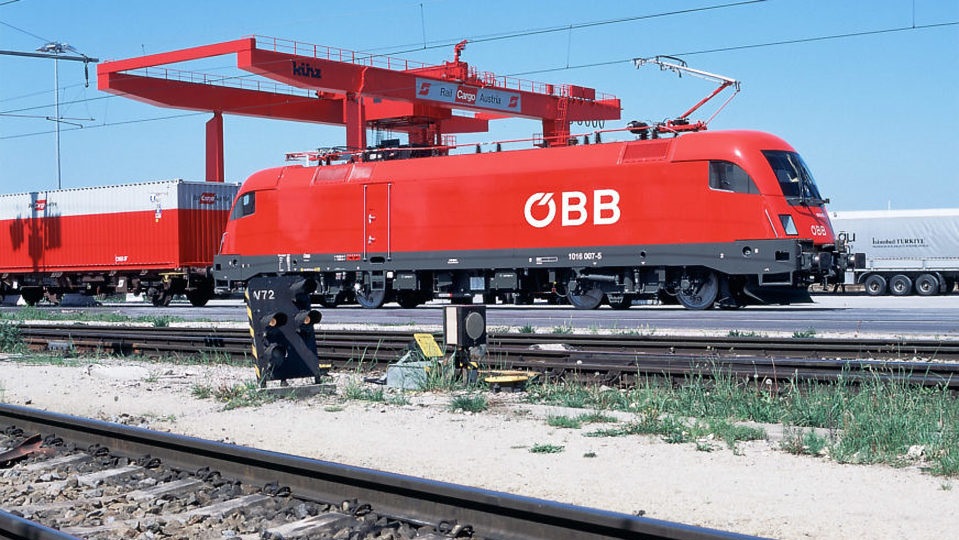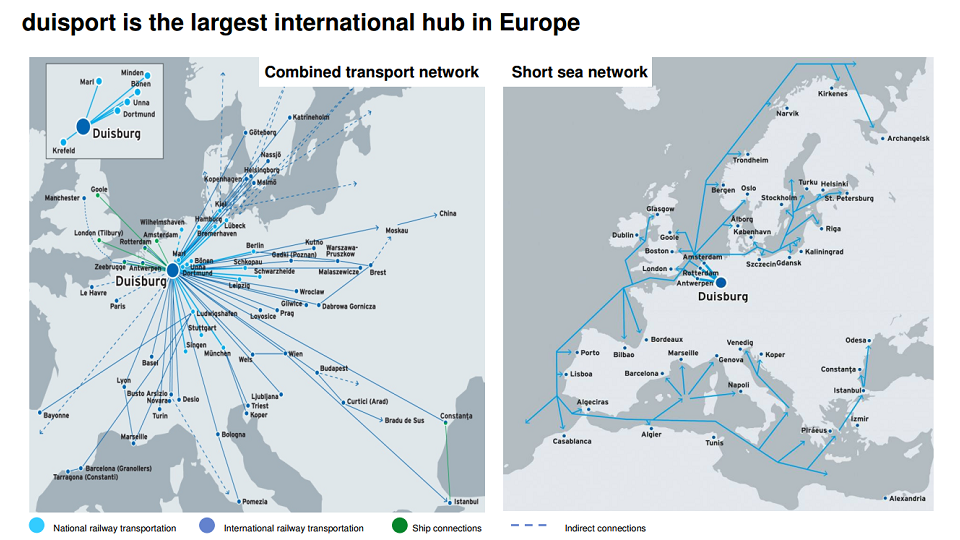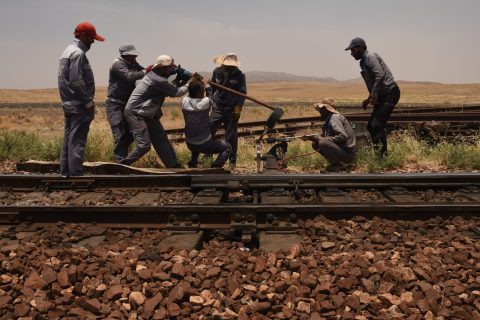‘Central Europe needs more direct routes to China’

The intermodal terminal in Duisburg is an important hub for all of Europe. The vast majority of the container trains from China to the EU run via Duisport. The Austrian freight operator Rail Cargo Group tries to change the situation and launches shorter connections from China to Central European countries bypassing Duisburg. The company believes that the region needs more direct links within the New Silk Road.
The main route from China to Duisburg crosses the territory of Kazakhstan, Russia, Belarus, Poland and Germany. Rail Cargo Cargo (RCG) proposes new rail freight connections that bypass Belarus, Poland and Germany and run via Ukraine, Slovakia and other countries instead. This will allow the company to launch new, shorter routes to Austria, Hungary and even to Italy or Romania.
“We are not looking for new train connections to Germany via Ukraine; we are going to launch new destinations, such as Budapest or maybe Italy. Why not to Romania? Everybody is fixed on Germany, on Hamburg and Duisburg. For sure, this is the biggest market and a lot of cargo goes via Germany to other destinations. But why should it not be transported to those other markets directly?” said Leonardo Vender, RGC’s Eurasia Sales Development Manager at the RailFreight Summit 2019 in Gdansk.
Text continues below the picture.

Duisburg intermodal network, source: Duisburger Hafen AG (duisport).
First attempts
The Austrian rail freight operator started its first attempts in launching direct links from China to Central Europe two years ago. In June 2017, the Changsha – Budapest container trains arrived. It was the first direct freight link between China and Hungary. Earlier, this country was able to receive cargo from China only via Germany. It made the delivery longer and more expensive. The return train of 41 containers loaded with red wine, beer, cereals, milk powder and hardware accessories was launched in November 2017.
Text continues below the picture.

Leonardo Vender at the RailFreight Summit 2019 in Gdansk (first from the right).
In April 2018 RCG opened a direct link between China and Austria. The train travelled between Chengdu and Vienna in 14 days. The service was launched together with DHL Global Forwarding. The train route ran via Kazakhstan, Russia, Ukraine and Slovakia. This year RCG tried a new link to Hungary. In April the company delivered containers from Xi’an to Budapest.
“We would like to increase the frequency of trains via Ukraine. We did one trial train from Xi’an to Budapest. It has 10 days of transit time from Xi’an to Budapest via Ukraine”, noted Leonardo Vender. According to him, the train had one day of delay at the Ukrainian-Hungarian border. Therefore, the connection could be much faster.
Also read:
- ‘Ukraine best solution for China traffic to Central and Southeast Europe’
- Fast growing port of Gdansk wants to double volumes by 2030
You just read one of our premium articles free of charge
Want full access? Take advantage of our exclusive offer




